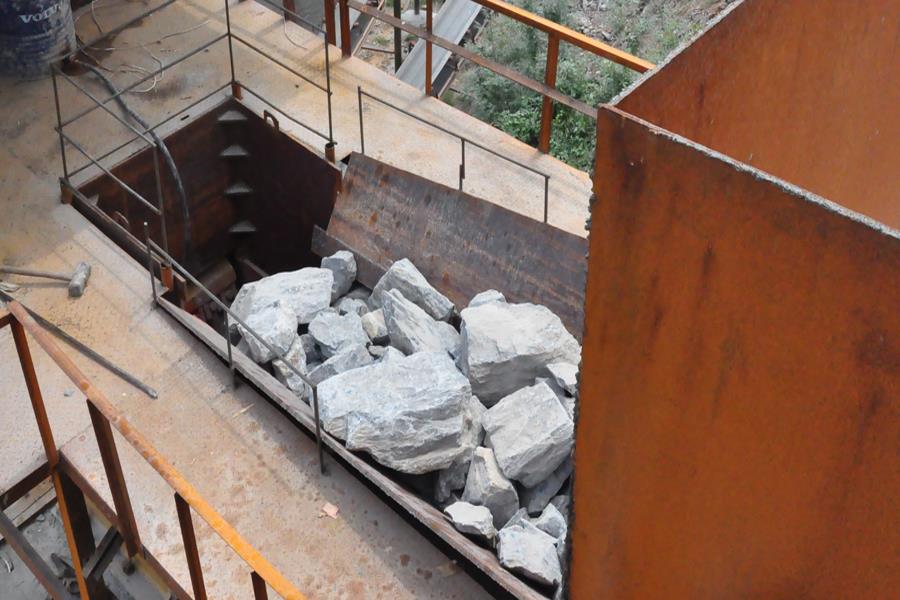

Zeolite is a mineral that was first discovered in 1756. The Swedish mineralogist Kronsti found that there is a class of natural silicate-aluminium ore will produce boiling phenomenon when burning, so named "zeolite". Since then, people's
Zeolite is a mineral that was first discovered in 1756. The Swedish mineralogist Kronsti found that there is a class of natural silicate-aluminium ore will produce boiling phenomenon when burning, so named "zeolite". Since then, people's research on zeolite is constantly deepening.
The natural world has found more than 80 kinds of zeolite, the more common square zeolite, rhombic zeolite, calcium zeolite, zeolite, sodium zeolite, mercerised zeolite, pyroxene zeolite, etc., are to contain calcium, sodium-based. Different zeolites have different forms, such as zeolite and rhombus zeolite is generally axial crystals, zeolite and zeolite plate, zeolite and into the needle or fibrous and so on. The amount of their water content changes with the external temperature and humidity.
Zeolite crushing process
The large zeolite is evenly fed into the jaw crusher or mobile jaw crushing plant (primary crusher) for coarse crushing by vibrating feeder through silo; after coarse crushing, the iron ore is screened by vibrating screen, and then sent to the single-cylinder hydraulic cone crusher (secondary crusher) by belt conveyor for medium crushing;
After medium crushing, the iron ore zeolite is sent to multi-cylinder hydraulic cone crusher for fine crushing; the fine crushed zeolite with uniform and qualified particle size is the finished product. If it is not qualified, it will be returned to multi-cylinder hydraulic cone crusher for fine crushing again. The finished product will be the final product.
Zeolite Application Scope
Natural zeolite is an emerging material, is widely used in industry, agriculture, national defence and other sectors, and its use is still developing. Zeolite is used as ion exchanger, adsorption separator, desiccant, catalyst, cement mixing material.
1, in the petroleum, chemical industry, used as petroleum refining catalytic cracking, hydrogenation cracking and chemical isomerisation of petroleum; in the light industry for paper, synthetic rubber, plastics, resins, paint filler and quality of colour.
2, in the building materials industry, used as cement water-hardening active dopant, firing artificial light aggregate, making lightweight high-strength plates and bricks.
3、It is used as soil conditioner in agriculture, which can keep fertiliser, water, and prevent pests and diseases. In livestock industry, it is used as feed additive and deodorant, etc. It can promote the growth of livestock and improve the survival rate of chicks.
4、In environmental protection, it is used to treat waste gas and waste water, remove or recover metal ions from waste water and waste liquid, and remove radioactive pollutants in waste water.
Related equipment
Jaw Mobile Crushing Plant
Cone Crusher
Vibrating Feeder
Vibrating Screen
Belt Conveyor
Previous: SMP Crusher
Next: SMP Crusher

Zeolite is a mineral that was first discovered in 1756. The Swedish mineralogist Kronsti found that there is a class of natural silicate-aluminium ore will produce boiling phenomenon when burning, so named "zeolite". Since then, people's
Zeolite is a mineral that was first discovered in 1756. The Swedish mineralogist Kronsti found that there is a class of natural silicate-aluminium ore will produce boiling phenomenon when burning, so named "zeolite". Since then, people's research on zeolite is constantly deepening.
The natural world has found more than 80 kinds of zeolite, the more common square zeolite, rhombic zeolite, calcium zeolite, zeolite, sodium zeolite, mercerised zeolite, pyroxene zeolite, etc., are to contain calcium, sodium-based. Different zeolites have different forms, such as zeolite and rhombus zeolite is generally axial crystals, zeolite and zeolite plate, zeolite and into the needle or fibrous and so on. The amount of their water content changes with the external temperature and humidity.
Zeolite crushing process
The large zeolite is evenly fed into the jaw crusher or mobile jaw crushing plant (primary crusher) for coarse crushing by vibrating feeder through silo; after coarse crushing, the iron ore is screened by vibrating screen, and then sent to the single-cylinder hydraulic cone crusher (secondary crusher) by belt conveyor for medium crushing;
After medium crushing, the iron ore zeolite is sent to multi-cylinder hydraulic cone crusher for fine crushing; the fine crushed zeolite with uniform and qualified particle size is the finished product. If it is not qualified, it will be returned to multi-cylinder hydraulic cone crusher for fine crushing again. The finished product will be the final product.
Zeolite Application Scope
Natural zeolite is an emerging material, is widely used in industry, agriculture, national defence and other sectors, and its use is still developing. Zeolite is used as ion exchanger, adsorption separator, desiccant, catalyst, cement mixing material.
1, in the petroleum, chemical industry, used as petroleum refining catalytic cracking, hydrogenation cracking and chemical isomerisation of petroleum; in the light industry for paper, synthetic rubber, plastics, resins, paint filler and quality of colour.
2, in the building materials industry, used as cement water-hardening active dopant, firing artificial light aggregate, making lightweight high-strength plates and bricks.
3、It is used as soil conditioner in agriculture, which can keep fertiliser, water, and prevent pests and diseases. In livestock industry, it is used as feed additive and deodorant, etc. It can promote the growth of livestock and improve the survival rate of chicks.
4、In environmental protection, it is used to treat waste gas and waste water, remove or recover metal ions from waste water and waste liquid, and remove radioactive pollutants in waste water.
Related equipment
Jaw Mobile Crushing Plant
Cone Crusher
Vibrating Feeder
Vibrating Screen
Belt Conveyor
Previous: SMP Crusher
Next: SMP Crusher